Landscapes where I Live, in Monochrome
9 Comments
At last, I am releasing a body of work featuring landscape photographs made where I live, which means within half an hour from home. And if that wasn’t enough of a change in the practice of someone known for large-format photography of national parks and other public lands all around the country – itself a subset of extensive travels spanning five continents, I altered my photography process and then chose to present the images in black and white.
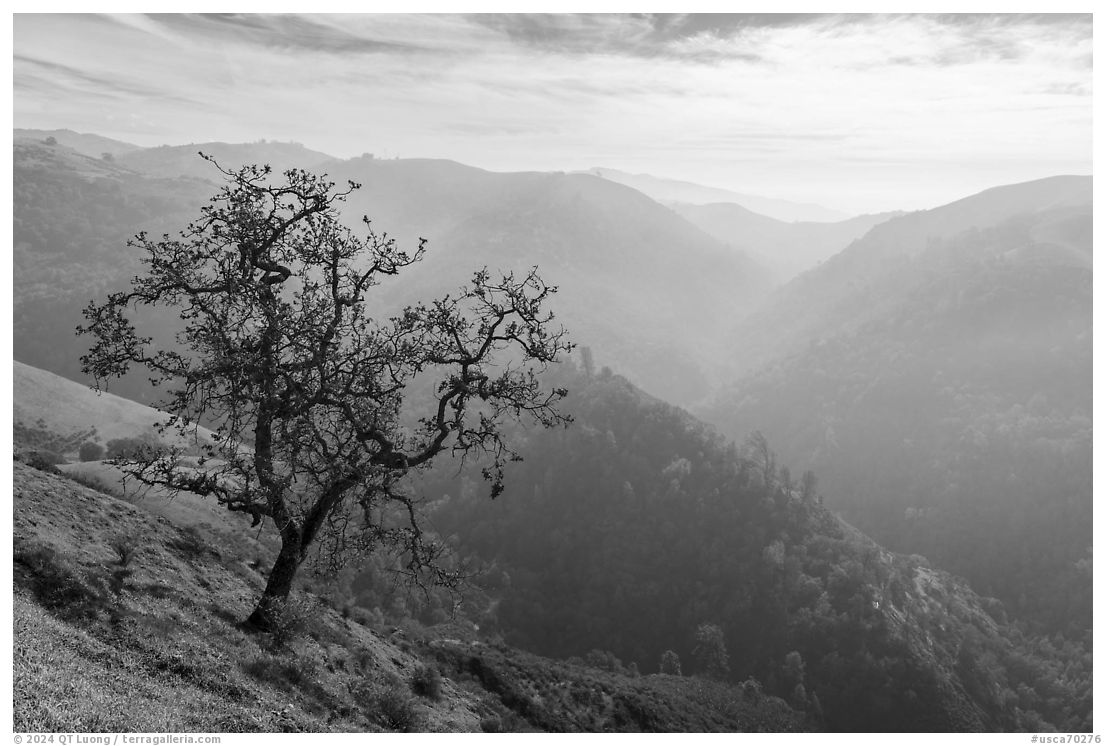
The continuity with my work in parklands is that, as briefly announced before, I made each of the new photographs while hiking within a local park or preserve. Galen Rowell had remarked in Bay Area Wild (reviewed here) that the Bay Area’s greenbelt rivals that of the country of Costa Rica, a much-touted eco-travel destination. Although only a small slice of the Bay Area’s diversity, I am fortunate to be able to access more than twenty nature parks within a half-an-hour drive from my home in San Jose, California. Over the past year and a half, we visited those oakland and chaparral habitats more than sixty times. On this page, I am showing twenty-five photographs, like on a short roll of film with the extra leader shot. They are from nineteen of the local parks, approximately from north to south:
- Mission Peak Regional Preserve,
- Ed Levin County Park,
- Rancho San Antonio County Park,
- Stevens Creek County Park,
- Fremont Older Preserve,
- Lexington Reservoir County Park,
- Heintz Open Space,
- Santa Rosa Open Space,
- Sierra Vista Open Space Preserve,
- Alum Rock Park,
- Joseph Grant County Park,
- Almaden Quicksilver County Park,
- Santa Teresa County Park,
- Calero County Park,
- Canada del Oro Open Space Preserve,
- Coyote Valley Open Space Preserve,
- Coyote Ridge Open Space Preserve,
- Coyote Lake Harvey Bear Ranch County Park,
- Uvas Canyon County Park.
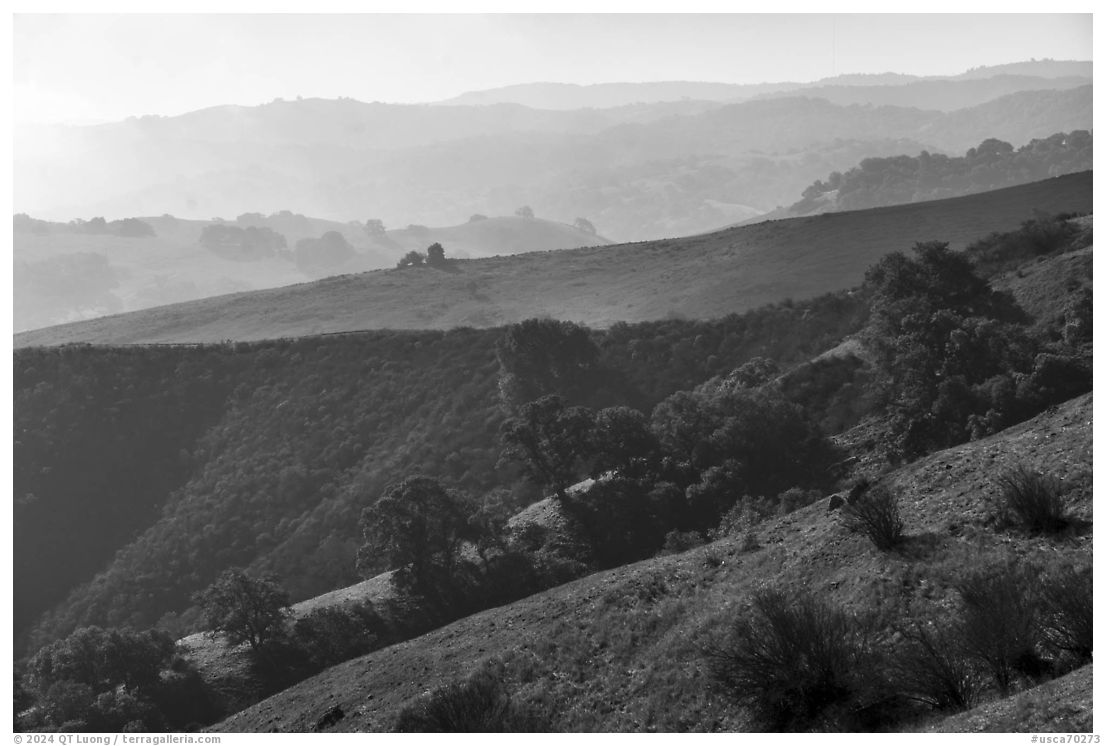
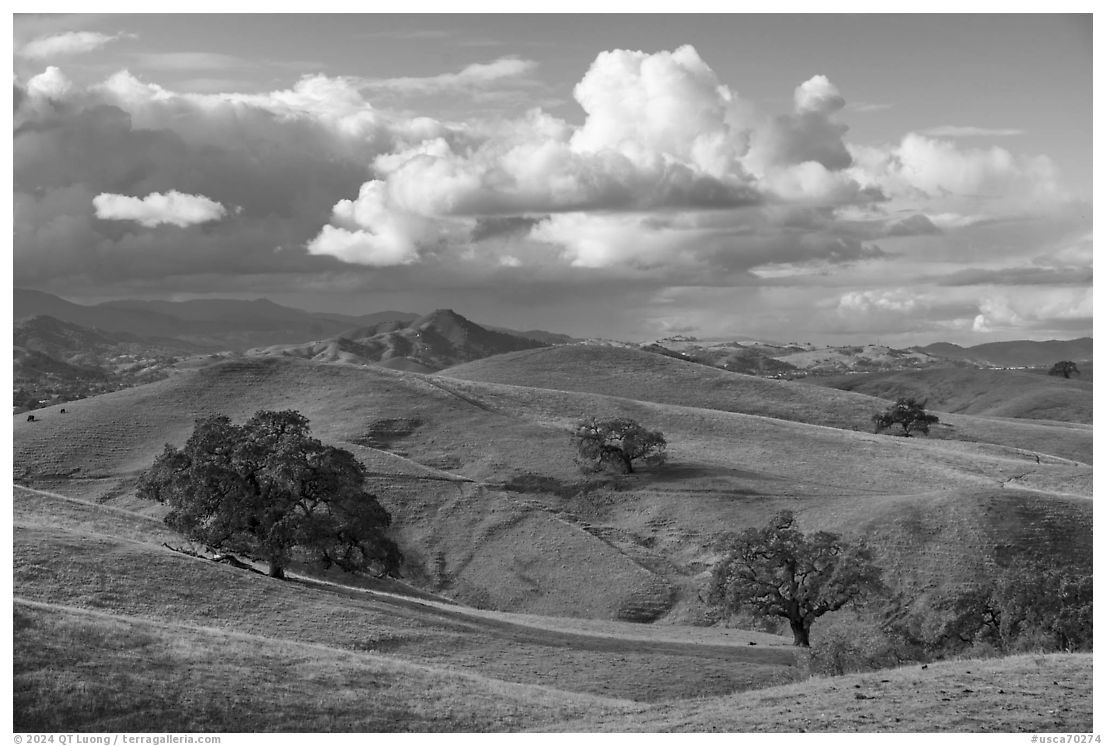
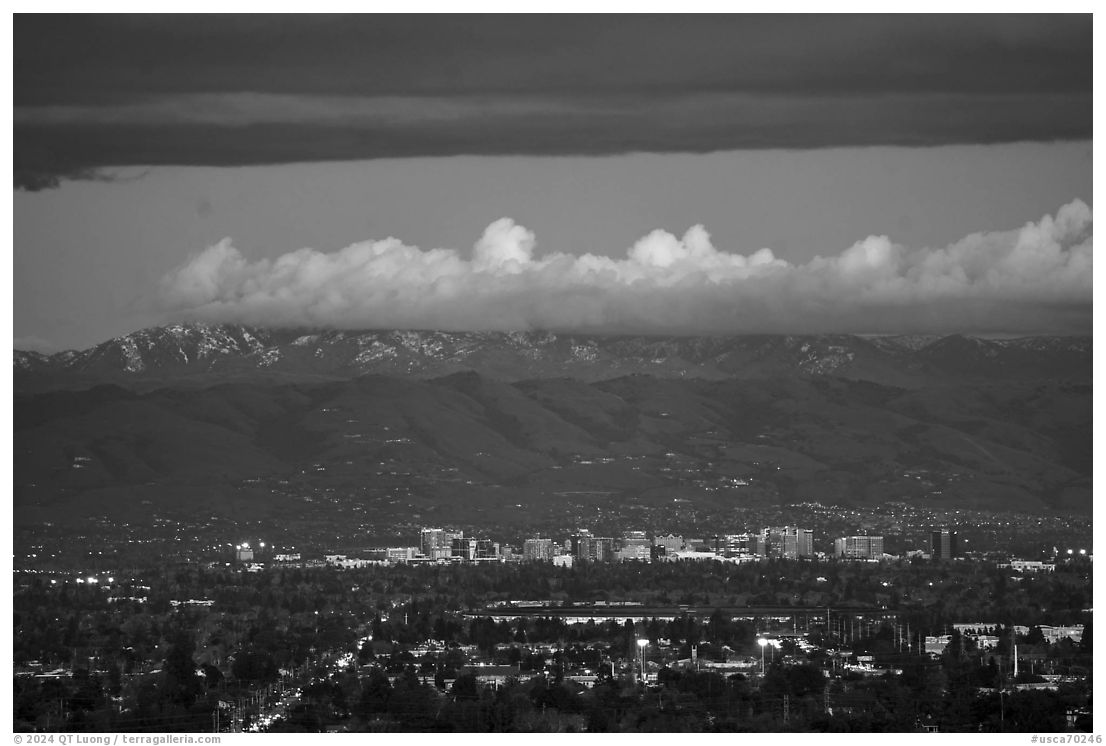
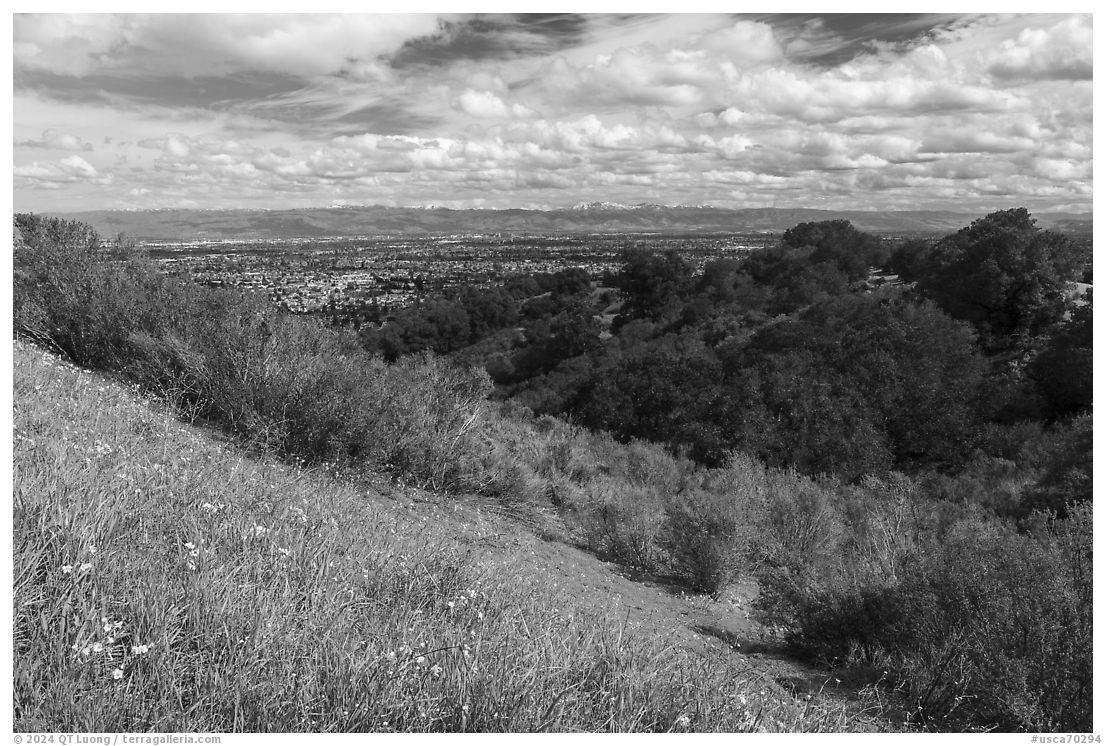
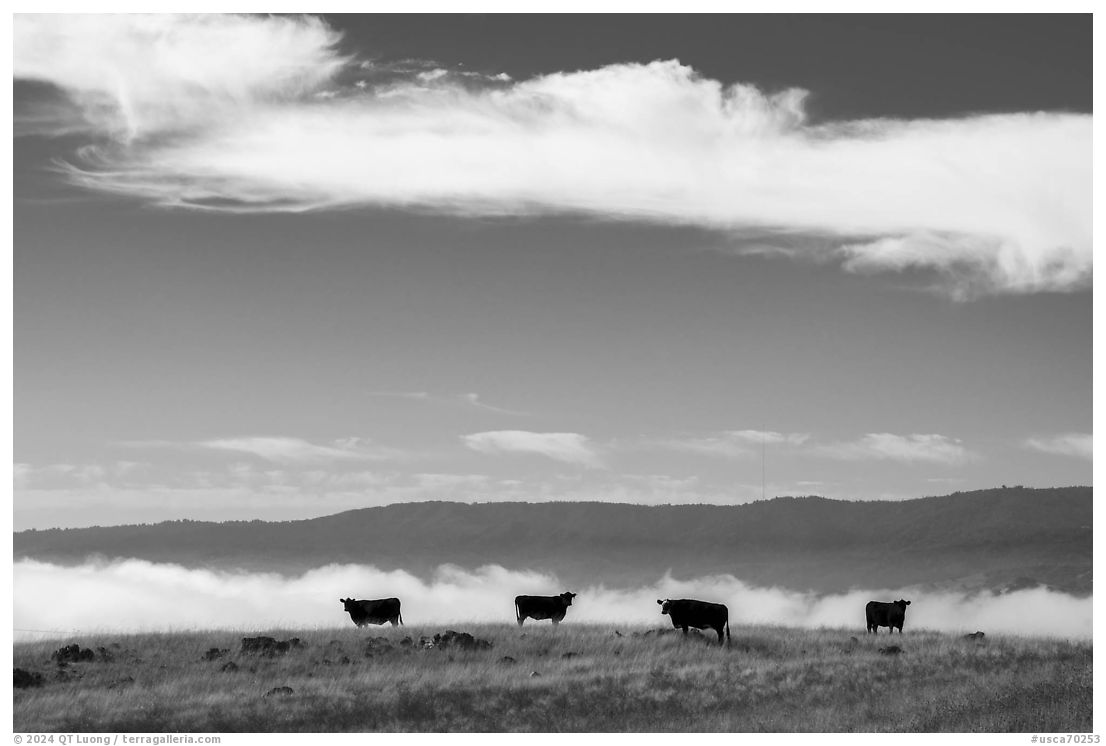

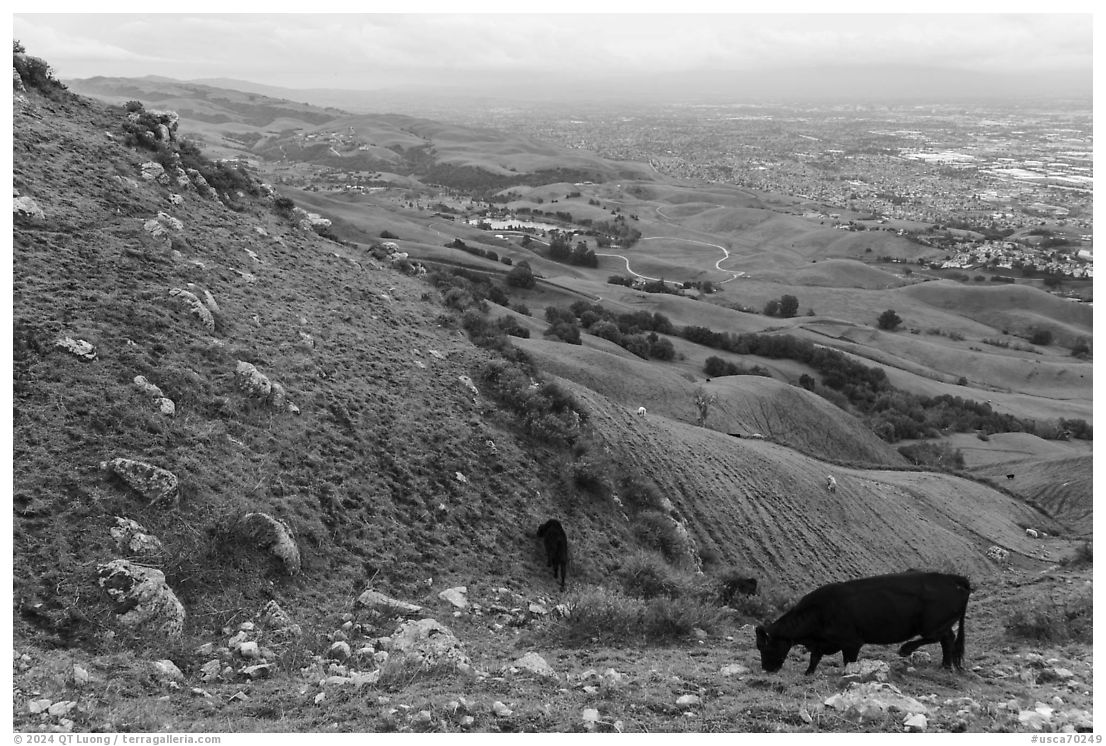
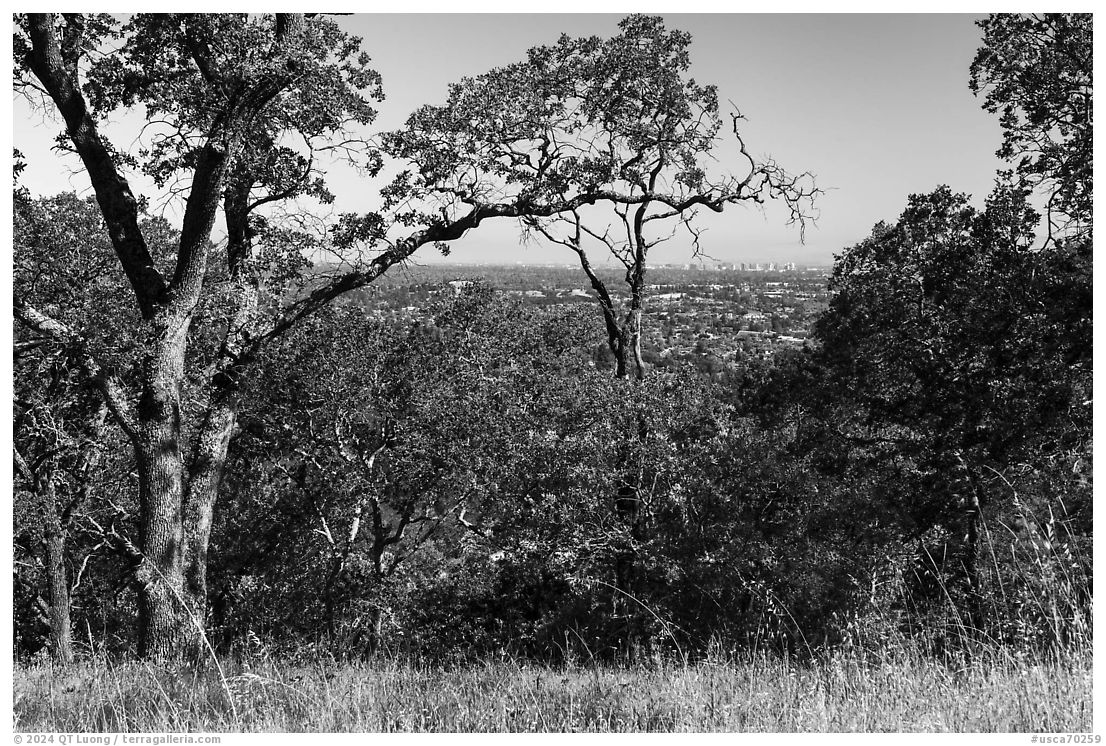
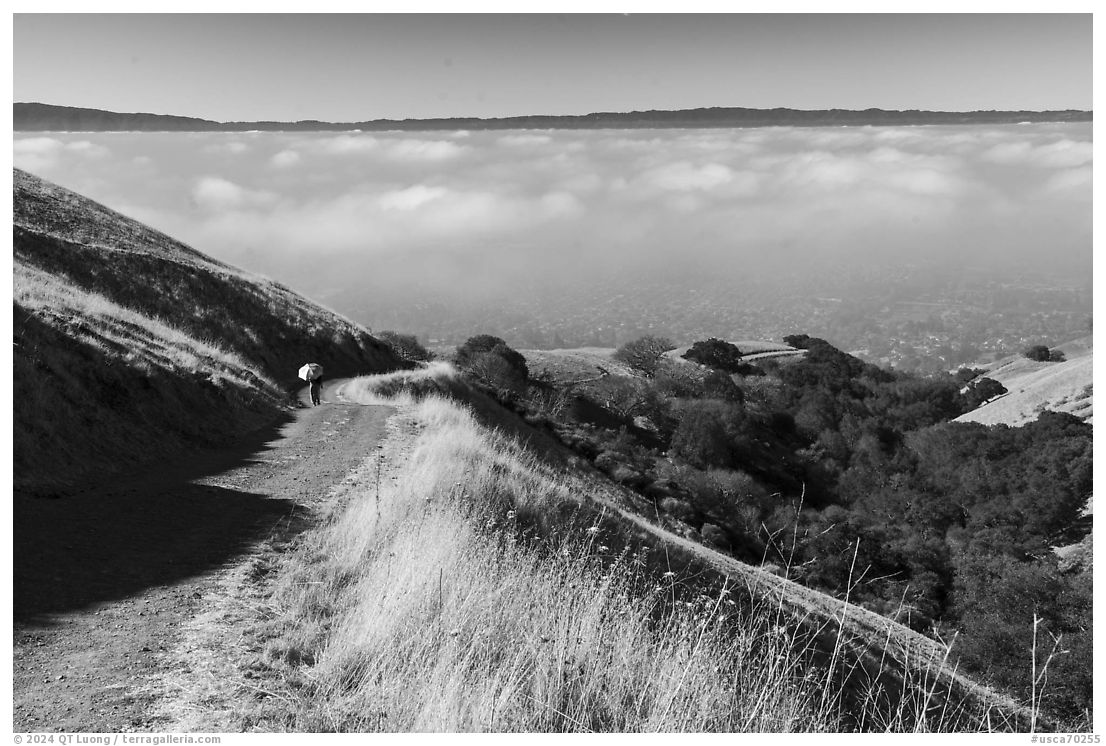
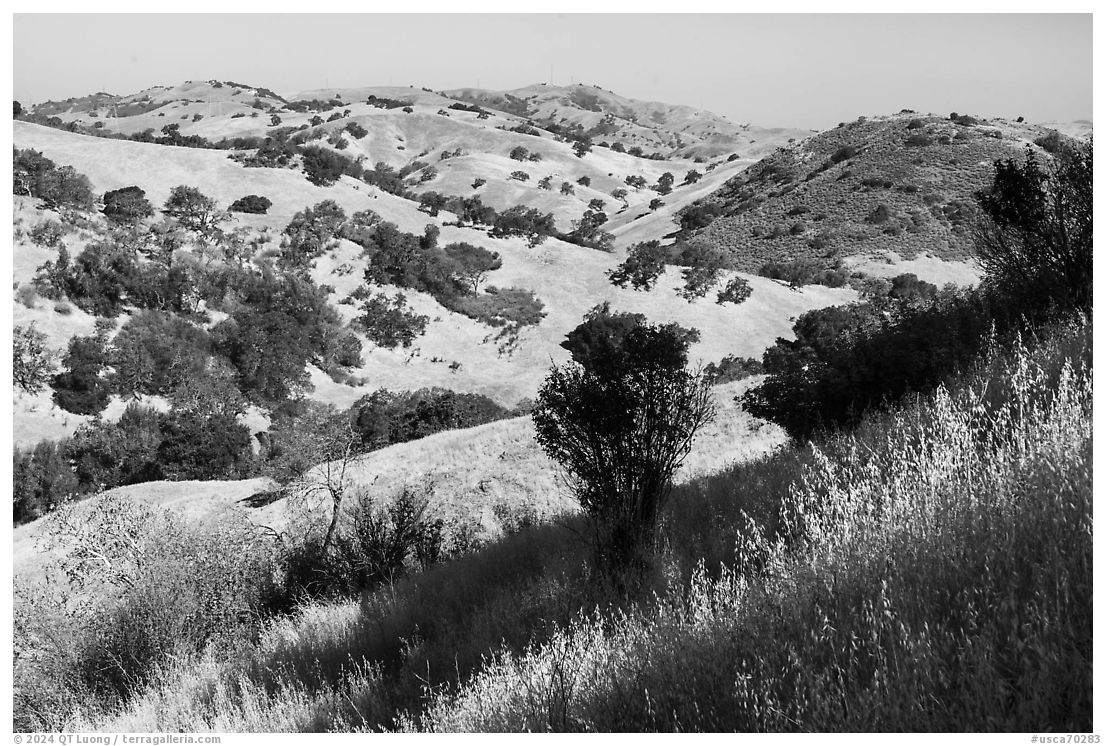
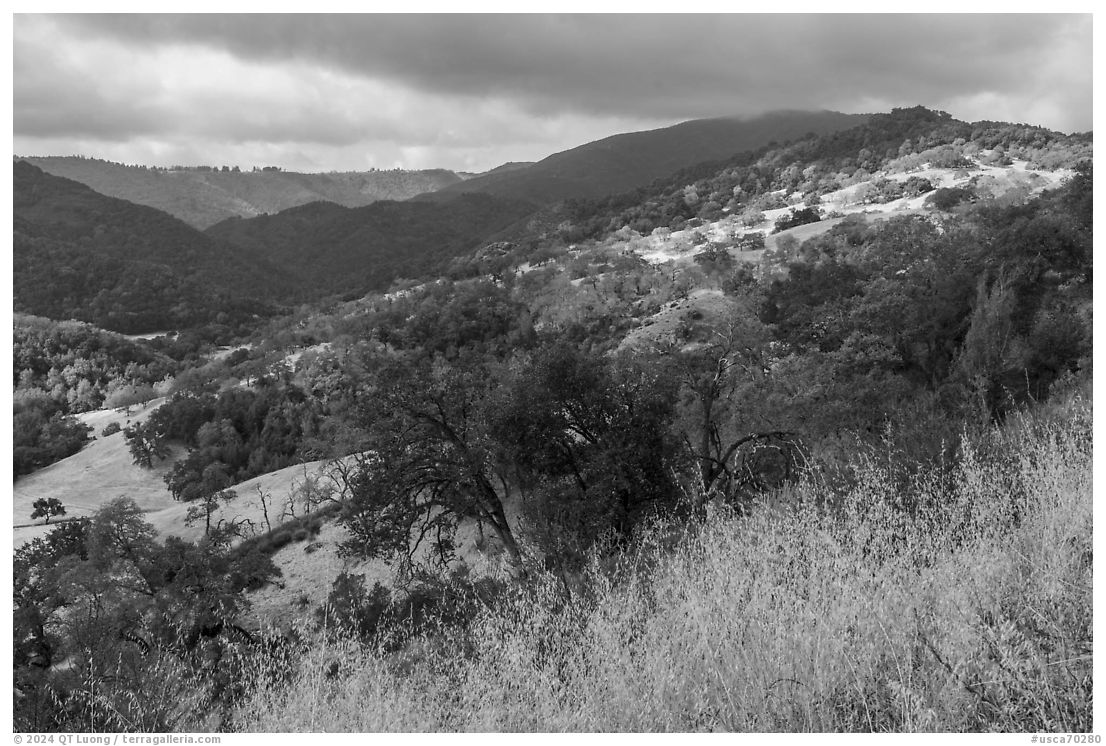
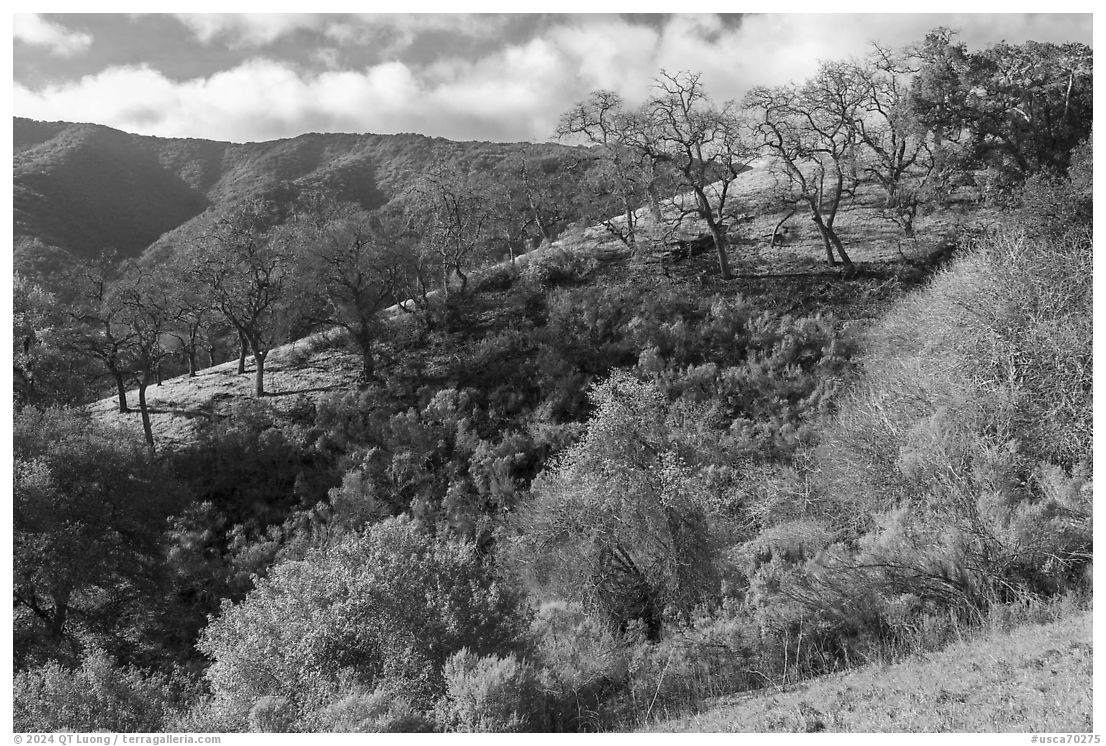
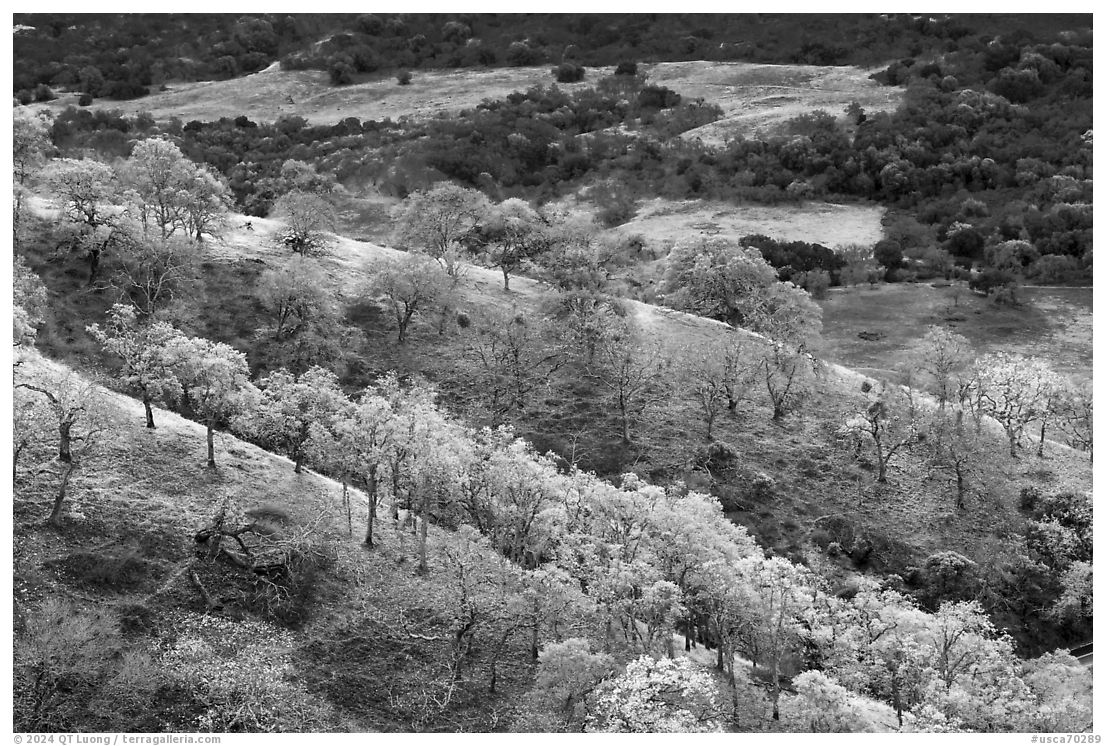
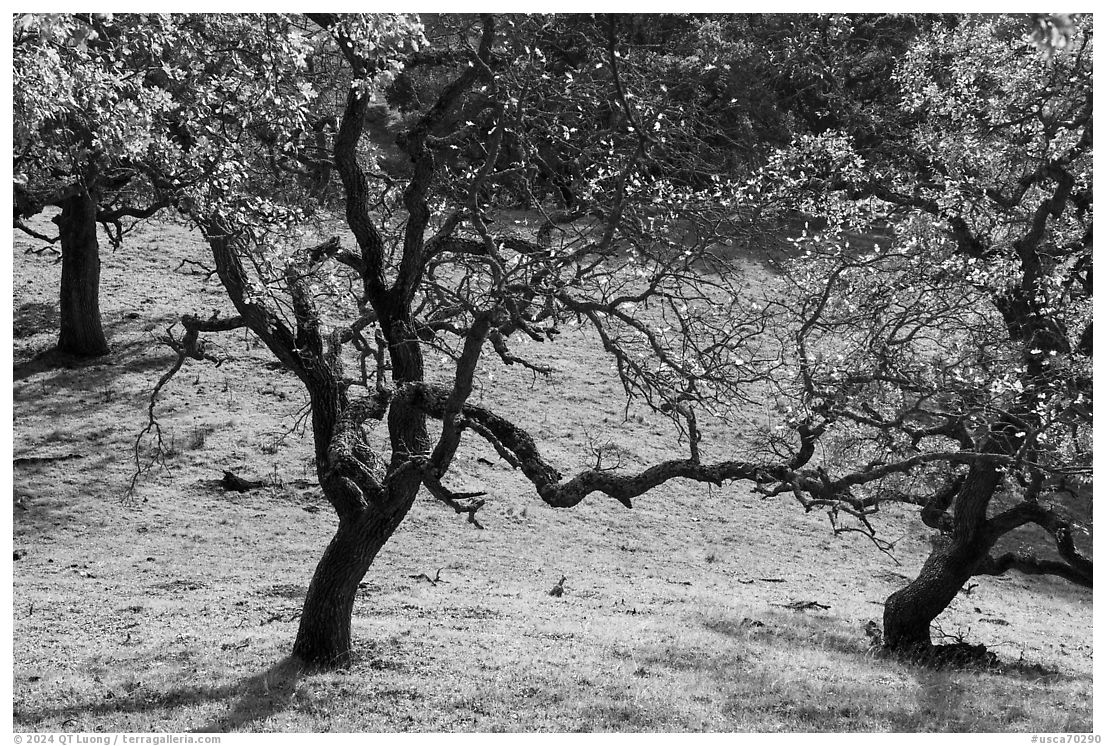
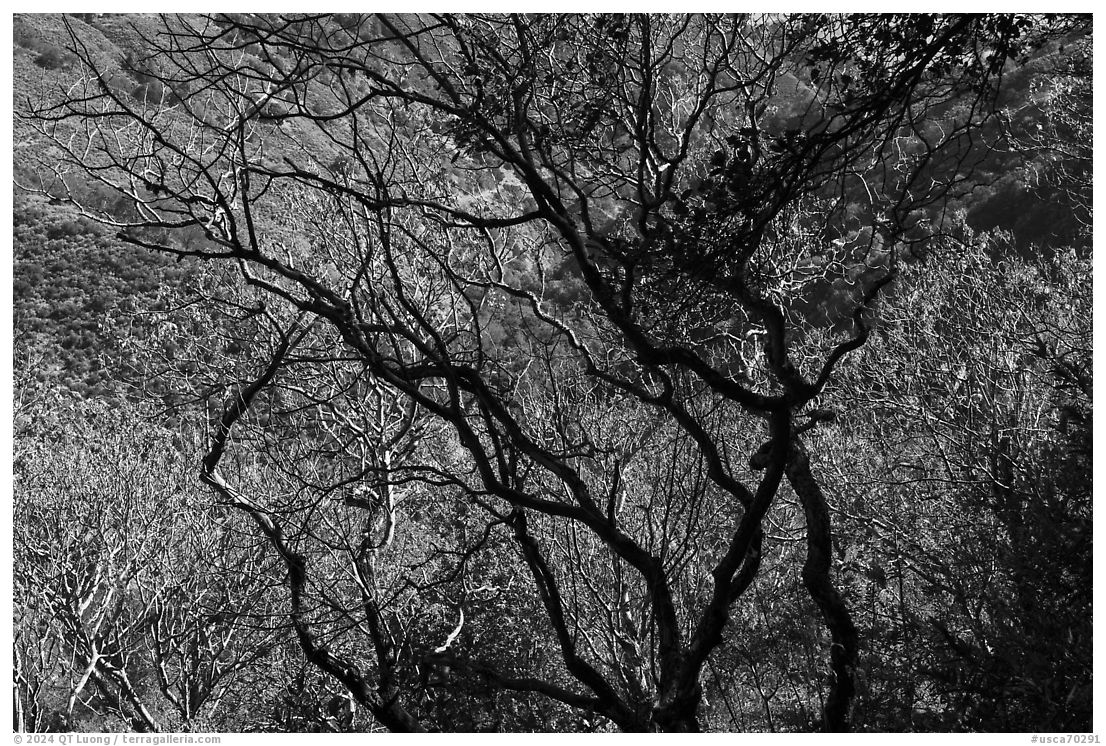
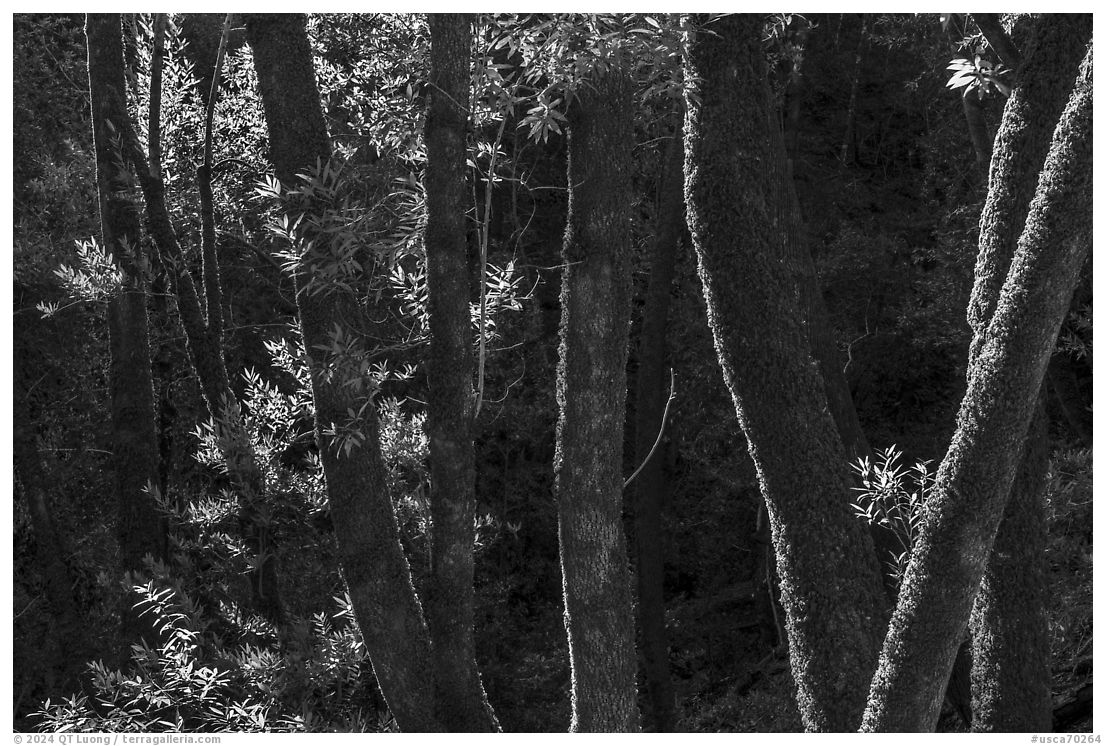
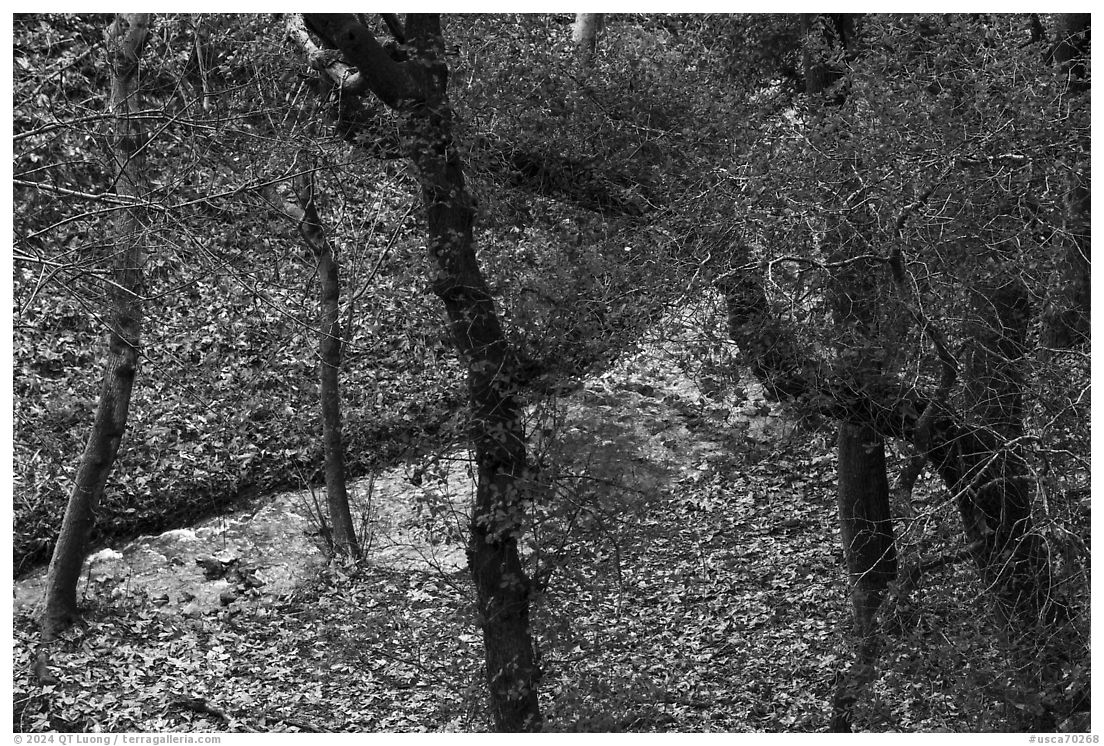
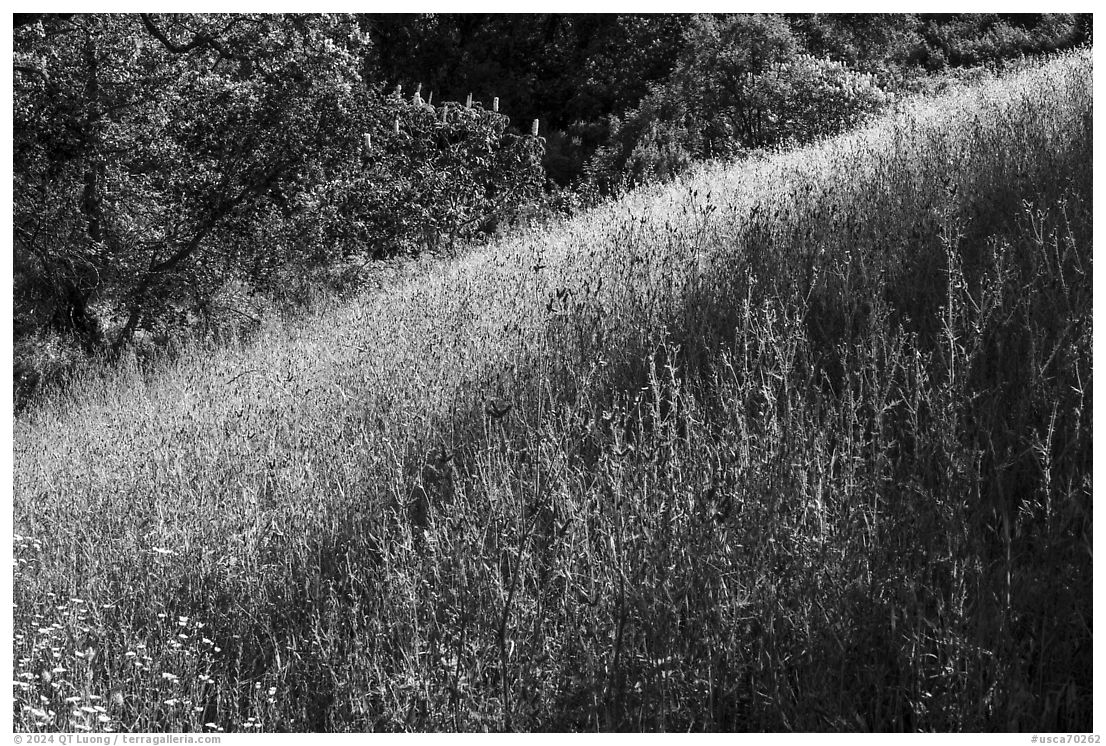
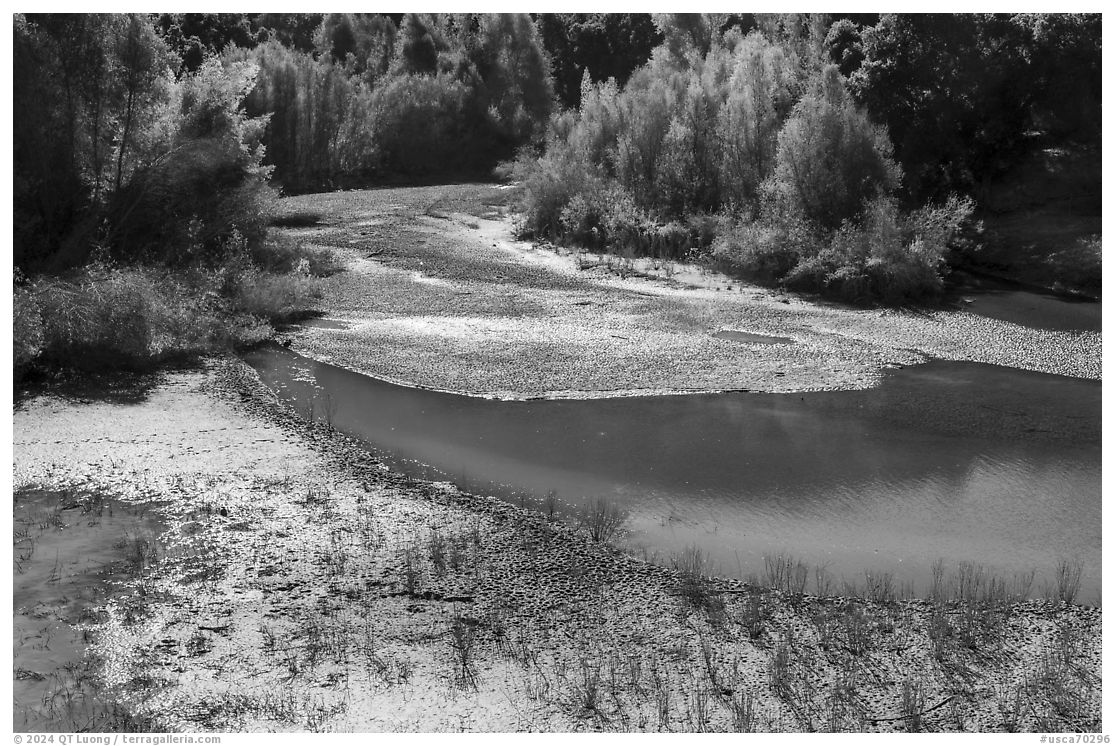

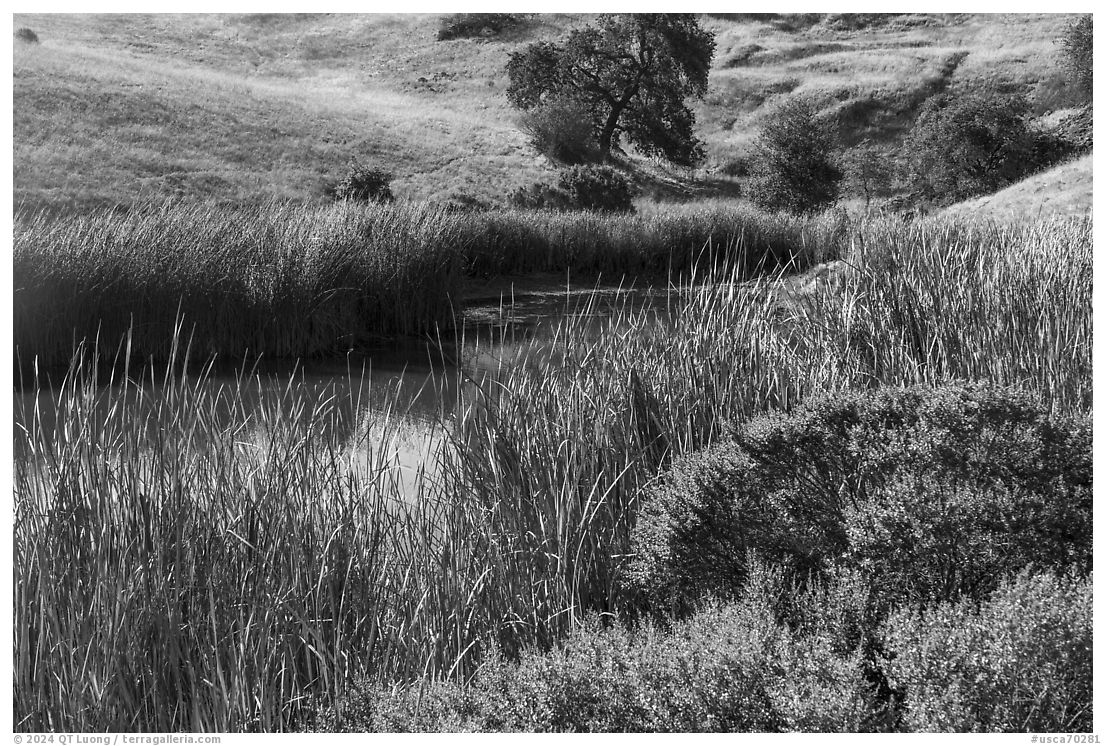
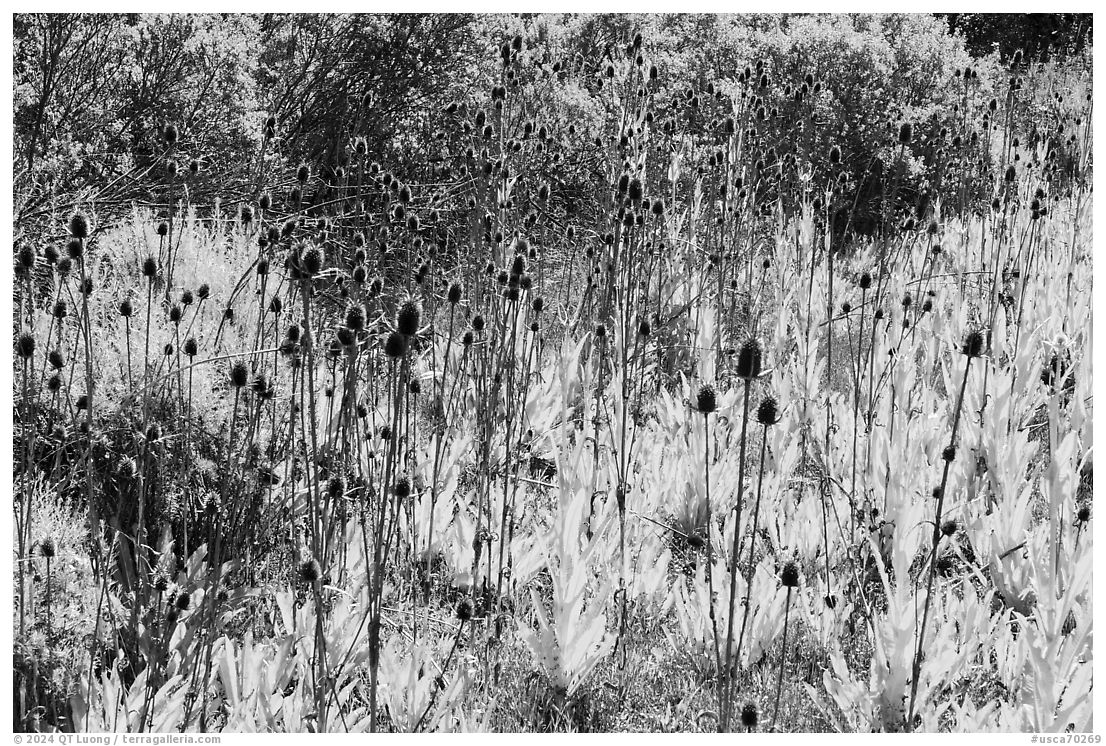
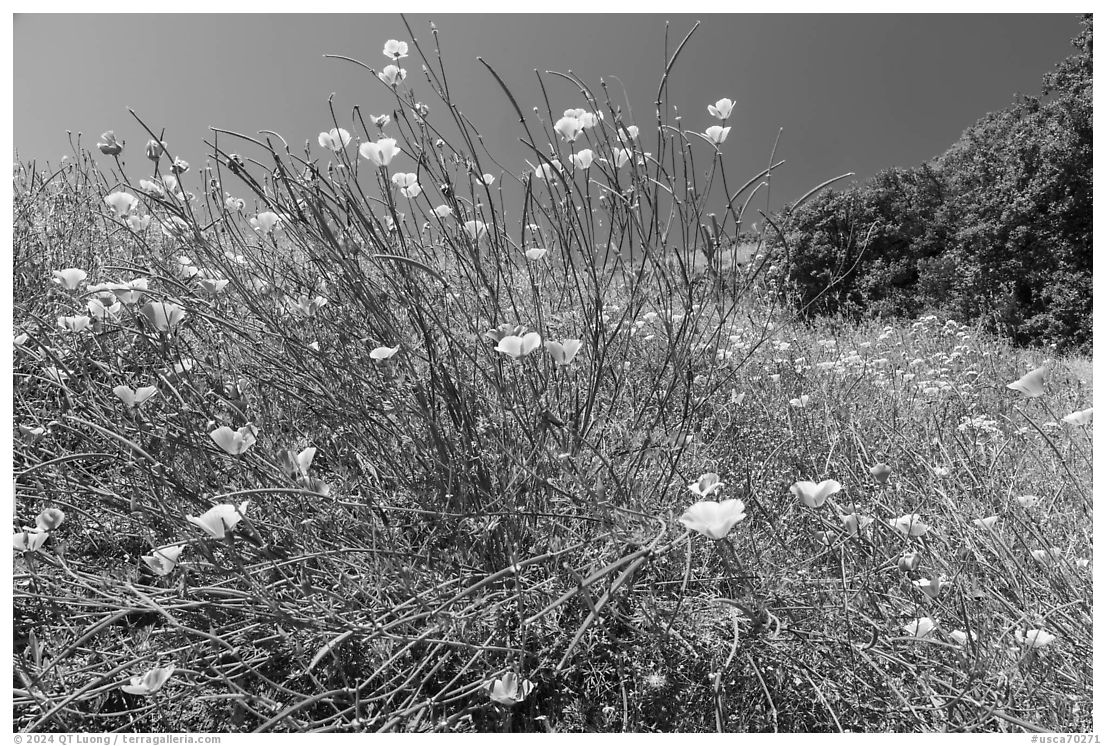
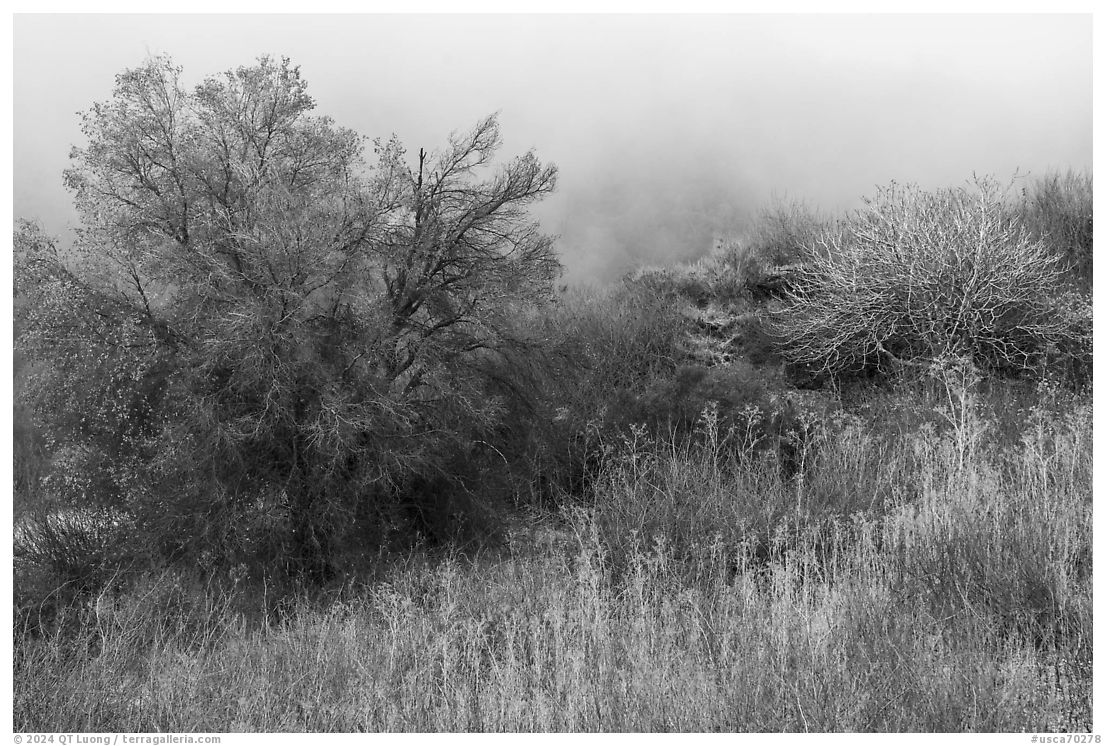
The Process
With the sole exception of the San Jose city skyline captured at dusk with the 100-400 lens on a tripod from Rancho San Antonio County Park, I made all photographs with the trusty 24-105 lens handheld, and more or less at midday.Why midday? I made the photographs during family hikes, generally of about five miles, where the main purpose is having a good time exercising in nature. Initially, when it was only my wife and me, sometimes we went in the afternoon aiming to be at home before dinner time. Last year we were joined by two of my wife’s sisters. Although they prefer mornings, this group of night owls doesn’t care for sunrises, as early winter mornings are chilly, while in the summer the sun rises way too early. Anyway, unlike national parks, city and county parks are not open around the clock, and for most of the year, the sun is quite high in the sky when they officially open in the morning. As the saying goes, when life gives you lemons, make lemonade. For a long time, I have embraced the challenge of photographing at midday, even in the places that would appear less conducive to this approach. There is value for one’s creative growth to try to do work in less favorable conditions.
Why handheld? During all my life, while traveling, I have often stopped the family either on the road, the street, or the trail to photograph. Those periods of time invariably felt short to me, but long to them. For the recent family hikes, I made a change, resolving not to make anybody wait for me. We sustain a brisk pace of about 2.5 miles per hour, with a picnic midway. As I never backtrack while walking, I try to anticipate possibilities before they present themselves, which is part of pre-visualization – seeing what does not yet exist. Once I walk a hundred more yards, this tree will stop merging confusingly with that valley but instead detach itself against a more uniform hillside. It is great a exercise for the mind. When the anticipated composition appears, working purely by instinct, I make only minor adjustments to its framing. Taking up large-format photography in the early 1990s changed my photography practice by forcing me to become more deliberate and contemplative. Trying to photograph the landscape quickly and with no second chances shakes up again my process. There is value for one’s creative growth to do work with self-imposed constraints, and also in trying new things. Even though I always feel that I took the picture quickly, it is surprising how much one finds themselves behind on the trail in less than a minute. I then walk faster or jog to catch up with the group. It is also a great exercise for the body.
Black and White Photography
I hesitated to present this work in black and white, a first for me although these days I sell about the same number of prints in black and white as I do in color. The primary function of a photograph is to describe what is in front of the camera, and there is no denying that a color photograph offers a more complete description of the world. Although in the Bay Area the changes brought by the seasons are more limited than elsewhere, our hills turn from electric green to golden and then brown over the course of the year. Although unspectacular our autumn foliage (autumn colors in black and white?) still adds accents, feelings, and beauty to the landscape. On the other hand, unlike in other places such as the Colorado Plateau, our landscapes are not filled with colors that one would have any difficulty imagining. Presenting the work in black and white links it to a rich tradition of landscape photography, elevating those modest scenes by emphasizing their formal and abstract qualities over our everyday perception of them.Do you think that the monochrome photographs in this body of work are missing something? I would be grateful if you answer this single question below, and even more so if you would say why you think so in the comment section at the end of this post. As with every time there is a poll I may not comment further to avoid influencing answers.(click here if you don’t see the question below)


I cannot submit a blanket yes/no answer. Some do, some don’t. Those that don’t actually gain a lot by removing the distraction of color from their strong graphic content. As an aside, at least viewed on a browser, the ones that work very well could still use a bit of high-value roll off using a curve.
Thanks Sal, that fair enough. I’ve changed the choices to “Yes, mostly” and “No, mostly”. When I hear the term “highlight rolloff”, I think about how with film the overexposed parts of the image blend with the other parts gradually, as opposed to the highlight clipping that occurs with digital where there is a clear separation between overexposed areas and others. Is that what you are referring to?
Since you updated the choices, I’ve now voted “No, mostly.” Yes, that’s exactly what I meant.
Maybe “grey flowers” come at the price of a surprise. But I concur (as a naive non-photographer) with your explanation “(…) elevating those modest scenes by emphasizing their formal and abstract qualities over our everyday perception of them.”
I notice I made quite the opposite choice with one (and my only) series of pictures, at Argenteuil in 2005 : color pictures with the bad lens of my T610 Sony phone, 610 pix wide, constraining the (amateur) photographer to focus on one single, very physical and visible, object or person – to drop abstraction.
QT, although I answered Yes, I believe my more complete answer is that some are missing something and some are not. For those that are, I long for more dramatic light, angles of light, nuances and shadows lines that caress the contours. Your text explains why those angles and contours are missing, and that is understandable. For those that are not missing something, they satisfy my curiosity about the place, the lay of the land, the views, and your preferences for how to portray them. I like this series as I am fond of local photography and do it myself more frequently than otherwise. Thank you for sharing this post.
Tuan, I think these images are wonderful in B&W. You’ve selected comps with strong graphic elements or textures which are enhanced by removing the distraction of color. Kudos for showing us what is possible with: 1) mid-day lighting; 2) shooting near home; and 3) pre-visualizing and shooting on-the-fly. I agree that it always surprises me how far behind I get when I pause, however briefly, for a grab shot when walking/hiking with non-photographers.
Love the black and white and this writeup. I am bombarded with colored photographs everyday on various screens (including the one in my hand that I am typing on) and so these black and white photos caused me to pause just a little more to soak in, examine, and appreciate what you captured. I hope you and your family are well!
A simple yes/no answer does not work well here. Those images with interesting directional lighting are probably even more interesting in monochrome than in color. Those with more omni-directional lighting tend to work less well in black & white (if the light is not fabulous, color may at least help to provide interest).
I enjoyed looking at these B/W images. It is challenging (to me) to photograph monochrome at midday because the dynamic range seems to be attenuated. I enjoyed seeing these and liked many of them and found them inspirational.